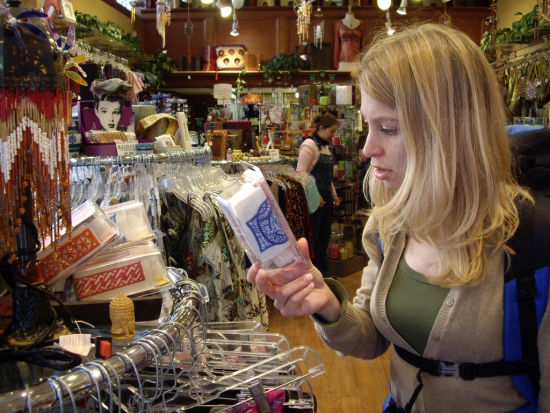Last month, the country experienced weather more suited to Christmas than Easter, with some areas seeing several inches of snow falling over the course of only two days. For the retail industry this caused a number of issues, especially for clothing stores which have already released their spring and summer lines in anticipation of warmer weather.

Despite a boost caused by Easter’s early appearance on the 2013 calendar, like for like sales only managed to climb by 1.9 per cent when compared to the same period in 2012 according to the British Retail Consortium (BRC). Nevertheless, growth in a time of economic uncertainty is something to be welcomed.
The cold weather may have lessened the demand for shorts and sunglasses, but food and drink sales helped the retail industry achieve what BRC director general Helen Dickinson calls an “encouraging” result.
She says; “They round off a quarter which is perhaps much better than many expected at the start of the year.”
This quarter has indeed managed to create a more optimistic view of the future for the British economy, with the retail industry improving greatly since the same time last year. Between the beginning of January and the end of March, like for like food sales increased by 2.5 per cent while non-food sales climbed 1.9 per cent – much higher in than experts predicted at the end of 2012 for both categories.
Food and homewares both managed to pull up the figures thanks in part to the timing of Easter, which occurred in April last year but helped the first quarter’s retail results this year. Out of all sectors, house textiles performed best, with the unexpected bouts of snow and chill winds boosting sales for duvets and blankets.
According to the BRC, this has helped the first quarter achieve the highest like for like sales on a quarterly basis since December 2009.
There was a further surprise for the high street too, where retailers are still celebrating their success over shopping centres and out of town retail parks. Internet sales growth slowed dramatically in March, recording only a 6.6 per cent increase as compared to the 13.9 per cent jump in 2012.
According to the BRC, this is because consumers are now choosing to compare prices online yet purchasing items in bricks and mortar stores as a means of saving on delivery costs.
Additionally, with high streets around the country now choosing to draw consumers in by staging events as suggested in the Portas Review, it is thought that the physical shopping experience is once more becoming desirable.
Perhaps, should this trend continue, the retail industry in Britain can look forward to an altogether brighter future than was predicted in the days of UK recession.
Previous Post
London Pubs Closer to Being Listed as Community Assets